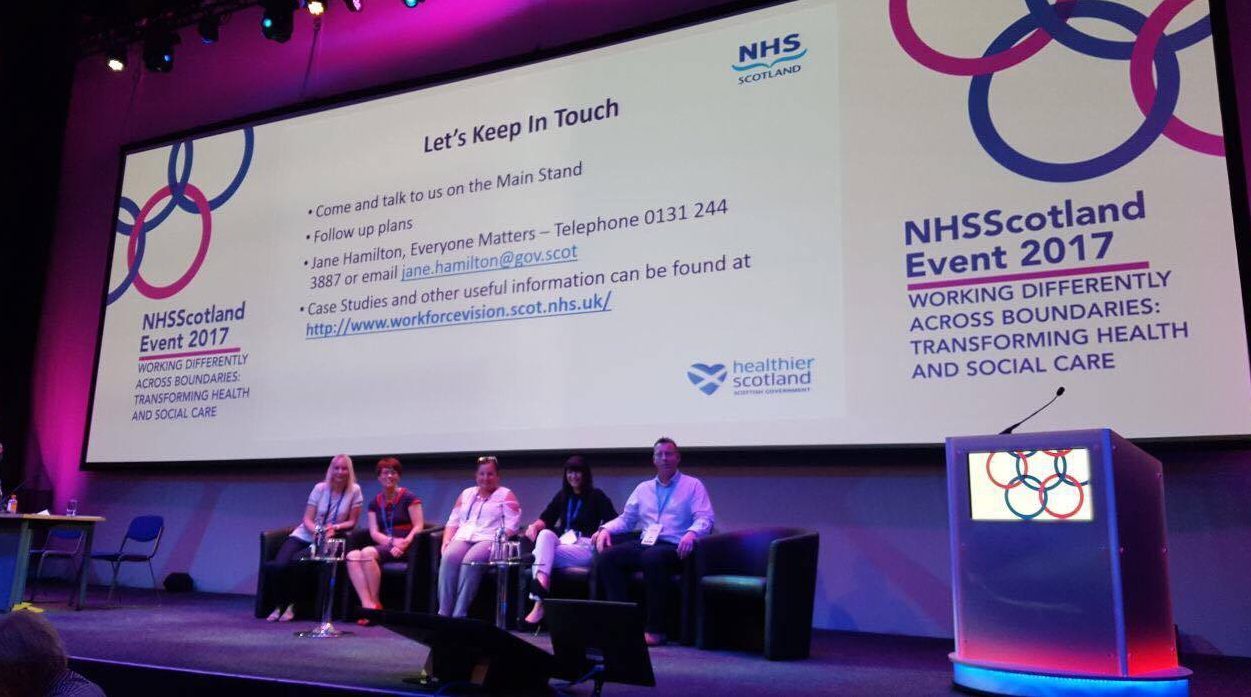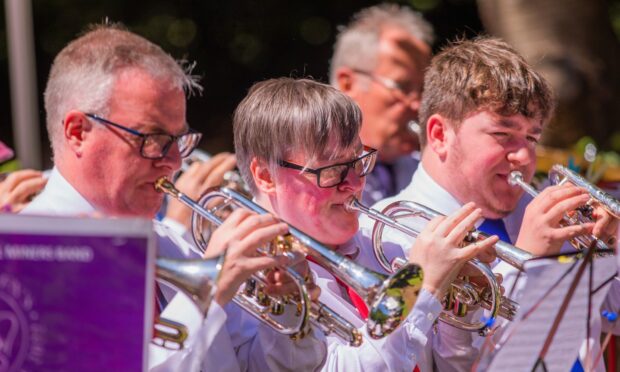NHS Fife’s frailty project, a first for Scotland, has been given top billing at NHS Scotland’s flagship conference.
The frailty assessment service at the Victoria Hospital brings together staff across a number of areas.
Specialist consultants, nurses, physiotherapists, occupational therapists and social workers work closely to identify frailty in patients at the earliest opportunity.
They can then ensure they are given the right treatment in the best place.
The team also meets twice a day to evaluate patients progress and consider their treatment.
Headlining a session on empowering partnerships, the team’s work was showcased to hundreds of delegates.
NHS Fife older people nurse consultant Joy Reid has been at the forefront of the changes.
She said models of care need to evolve in line with changing needs.
“People are generally living longer and we continue to see growing numbers of elderly patients, many of whom are likely to be affected by frailty.
“Frail patients tend to stay in hospital for longer periods and we know from research that the longer you stay in hospital, the less positive your outcomes are likely to be.”
By working closely with colleagues in social care, it is ensuring patients get the right treatment in the right place and at the right time, which means they are often able to be discharged sooner, if this is appropriate, and avoid unnecessary admission into hospital.
“Patients do not want to be in hospital longer then they need to be so not only are they getting the most appropriate treatment, they are also more likely to receive this in the comfort of their own home,” she added.
Chief operating officer for acute services, Professor Scott McLean, added: “We are really proud of our approach to frailty and we are delighted it has once again come to national prominence.
“Changes were originally introduced towards the end of 2015 as part of a wider redesign of acute care, and they have made a real difference to the experiences and outcomes of our frailer patients.
“Hopefully, by showcasing our work, other organisations can take inspiration and make positive improvements for patients.”









